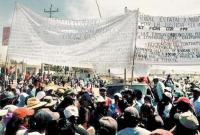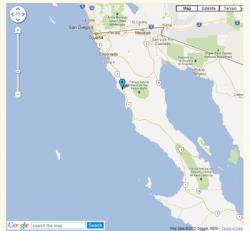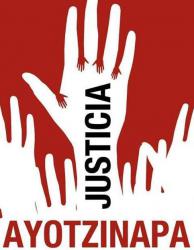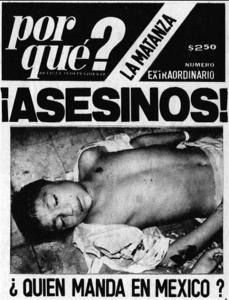
This is the first of three book reviews that will look at what Mexican intellectuals on the left have written in an attempt to understand Ayotzinapa and what it symbolizes and signifies for their country and its future. – DL
Sergio Aguayo. De Tlatelolco a Ayotzinapa: Las violencias del Estado. Editorial Ink, 2015. (This book in Spanish is available in several formats including Kindle, which is how the reviewer read it.)
The horrifying killing of six people and forced disappearance of 43 students of the Ayotzinapa Rural Teachers College in the town of Iguala, Guerrero on September 26, 2014 had a dramatic impact on Mexico.
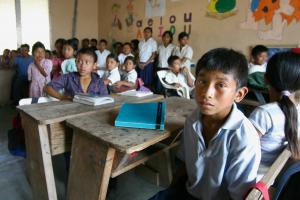
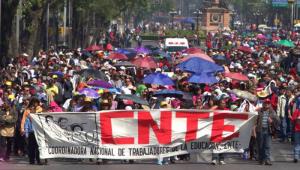
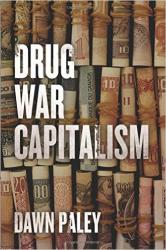

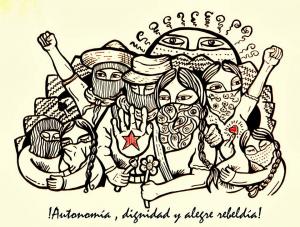
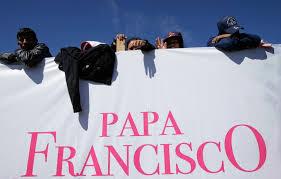
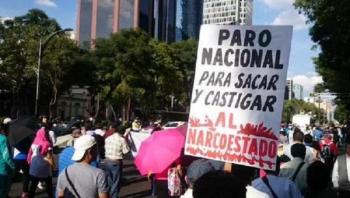
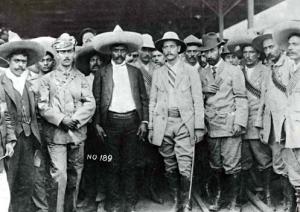
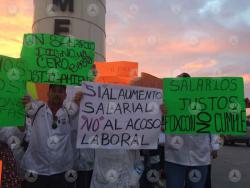
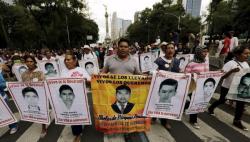
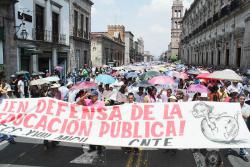
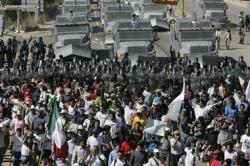
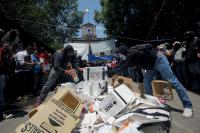 isillusionment with the political system, an organized attempt to prevent the election from taking place in a few states, and continuing economic doldrums, President Enrique Peña Nieto and his Institutional Revolutionary Party (PRI) were the big winners in the Mexican election, followed by the conservative National Action Party (PAN).
isillusionment with the political system, an organized attempt to prevent the election from taking place in a few states, and continuing economic doldrums, President Enrique Peña Nieto and his Institutional Revolutionary Party (PRI) were the big winners in the Mexican election, followed by the conservative National Action Party (PAN). 
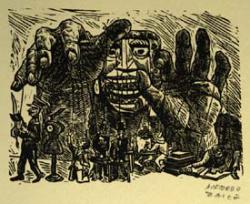
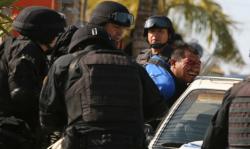
.jpg)
